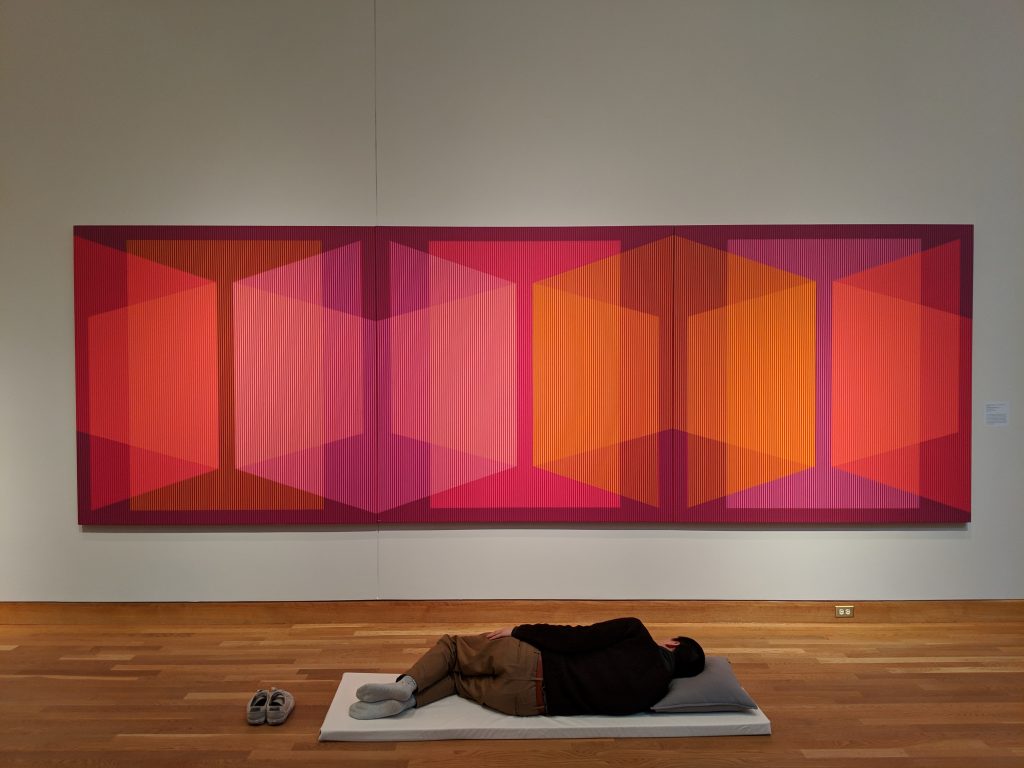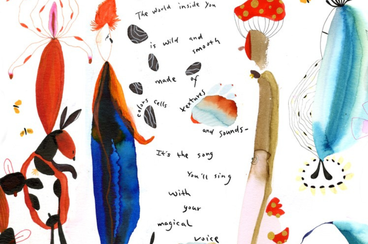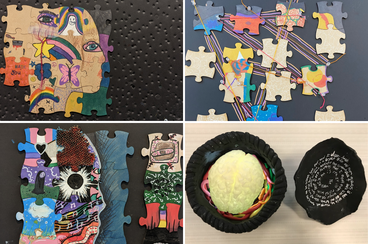Many people find a great deal of solace in art museums. There’s something about being surrounded by beautiful things and larger-than-life paintings that feels so grand. But for some, the reality of a museum’s dim, quiet, and sterile insides are not so much inviting as they are downright unbearable. Imagine your shoes, squeaking anxiously across linoleum tiles, dark painted eyes of portraits watching you move through the galleries, or worst of all, becoming lost in maze of the—gulp—contemporary art wing.
“Art should be celebrated and looked at and observed,” said Jennifer Shaw, a junior theatre student at the University of Minnesota.
Shaw admits that although she appreciates museums for celebrating and safekeeping masterpieces, the intangibility of the experience, as well as the overarching impression that silence is protocol, often results in an uninteresting visit.
On Saturday, April 6th over 100 museums including WAM aimed to enhance the visitor experience by participating in “Slow Art Day.” A day dedicated to fostering newfound understandings and connections with artworks, WAM provided a number of different observations, engagement and discussion exercises throughout the day, including public tours, a mindfulness workshop led by local artist Peng Wu, and facilitated gallery host conversations.
“Saturday's talks were special,” said Lauren Holly, a student gallery host at WAM. “It was a great opportunity to have a conversation with visitors about a piece of art that maybe they totally overlooked in the museum before, or would have never thought they would be able to talk about.”
Holly believes it's important to view art slowly because of the purpose of art — to make us feel something (anything!), and to evoke some sort of response from the viewer.
“I think most people forget about this, or feel disconnected from art because there is a connotation that you need to be of a certain status to view or even create art when this is not ever the case. I think art is meant for everyone and should be accessible to everyone because all people are capable of talking about art and experiencing art in ways that are meaningful to them,” Holly said.
Jamee Yung, director of education at WAM noted that in slowing down and discussing artworks, individuals often develop brand new understandings and arrive at a mutual empathy—with the art, artists, and other participants.
“I’ve personally experienced it, and I’ve seen other people see things that they haven’t seen before when they spend time with the artwork. You really start to notice different things, and you see different perspectives,” Yung said.
WAM teaches a year-round method called “perceive,” to aid in the process of approaching, seeing, and understanding art. See for yourself! Master the art of seeing slowly by practicing WAM’s “perceive” method:
Step 1: Engage your senses.
Stand in front of your artwork of choice—any artwork will do. Take a few deep breaths. Ask yourself, “What do I notice? What do I recognize?” Can you identify the medium or the era? Imagine stepping into the artwork and activating all of your senses to experience the environment around you. Take your time!
Step 2: Reflect.
This is the part where you rely on what you already know. Reflect on your past knowledge and experiences. Is anything about the image familiar? What does this image remind you of? What is going on in the scene? Can you recall any context? Do you recognize any underlying meanings or motifs? Point out what you see that makes you arrive at any conclusions or assumptions.
Step 3: Get emotional.
Open up! What do you feel? Can you identify your emotions? Separate the emotions that the image projects from the emotions that you experience. Are there any discrepancies? What is the image’s mood or tone? How does it make you feel? After taking note of your emotions, inquire about what actions the artist took to create those feelings.
Step 4: Question everything.
What questions arise as you view the image? What do you wonder now that you have spent some time with it? What more do you want to know? Have these questions led to any thoughtful speculation on what deeper meaning the image holds?
Practice the “perceive” method as you navigate new artwork, and take note of your observations and experiences. Can these seeing strategies be used outside of the galleries, to enhance our day-to-day interactions? (Hint: Yes, they can)! The “perceive” method relies on both mindfulness and a will to see with intention, allowing for application far beyond the walls of an art museum.
“I think that in our lives, in particular with the way that we are with our phones, everything is very fast. We see images, we scroll through social media, and we aren’t really paying attention and being present,” Yung said. “I think it’s really important for us in our lives to be more mindful and translate this kind of experience into your daily life as you’re being inundated with images all day long every day.”



